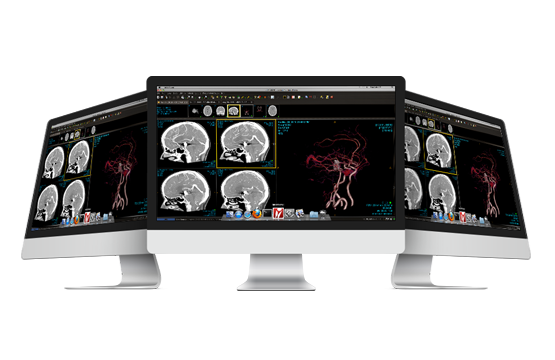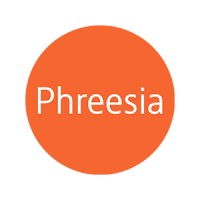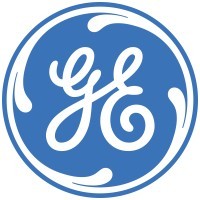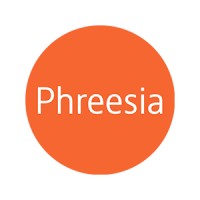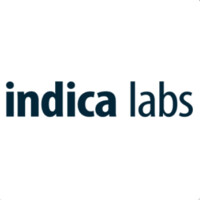Product Overview
Anonymization
DICOM tag, pixel, and HL7 report anonymization
Powered by Ambra, An Intelerad Company.
Native DICOM anonymization and de-identification, performed upon study upload, server-side or client-side.
Specifications
DICOM Tag Anonymization
Our solutions support automatic and manual DICOM tag anonymization.
Automatic
Client-side and server-side automatic DICOM tag anonymization is supported. Client-side anonymization can be automated via the Ambra Gateway or the Ambra Web Uploader. For either the gateway or the web uploader, the list of study level DICOM tags to anonymize and the values to anonymize to can be customized. If preferred, DICOM tags can also be emptied.
The Gateway supports additional functionality including:
Removal of DICOM tags entirely from the DICOM study
Anonymization of tags at the Image, Series and Study level
Anonymization or removal of Private tags (defined as odd number group tags)
DICOM tag modifications on data both inbound to and outbound from the Ambra platform
Server-side anonymization is automated using namespaces and Anonymization rules. The functionality is similar to the client side option for the Ambra Web Uploader, with this option allowing multiple copies of a study to exist in the Ambra Cloud either with the original data or with anonymized DICOM tags.
Manual
Ambra supports manually editing DICOM tag data at the study level in the UI and using the Ambra Public API.
Pixel Anonymization
Automatic
Automatic pixel anonymization uses the Ambra Health AI service. Once studies are stored in the Ambra cloud, they can be optionally routed for automatic pixel anonymization. There are different anonymization mechanisms that can be run on the studies. Multiple mechanisms can be run on the same data. In some scenarios, this achieves improved performance and an increased success rate for detection. Depending on the data source, one mechanism may have a higher detection rate over another. Quality checks are recommended and the more data that is run through the mechanisms the better the detection and anonymization becomes.
Rule-based anonymization
Utilizes modality type, manufacturer, model number and other image attributes in order to determine if and when to apply masking to specified coordinates where PHI is burnt into the pixel data. The rules, and if applicable the masking, are applied to each image in the study. The rules can also be used to delete images that match certain DICOM tag criteria, such as Secondary Captures or scanned documents. Ambra supports a default list of rules and additional (or alternative) rules can be configured.
Pixel detection and anonymization
Ambra supports automatic pixel de-identification using our native AI functionality. We also support pixel de-identification using Google’s Data Loss Prevention (DLP) services or Amazon Rekognition, Comprehend and Comprehend Medical APIs. When using these options, Ambra anonymizes the pixels based on the coordinates that are returned. Both options can be set to look for just PHI or any type of text in the pixel data. These mechanisms are more accurate when DICOM header values contain PHI strings. Anonymizing DICOM header information can take place after pixel anonymization is complete. We also support pixel de-identification using Google’s Data Loss Prevention (DLP) services or Amazon Rekognition, Comprehend and Comprehend Medical APIs.
Scanned document detection
Automatically detects and removes scanned documents in a study. The current detection attempts to identify and/or remove scanned documents and demographic forms that contain mostly text rather than medical images.
HL7 Report Anonymization
Ambra supports automatic HL7 de-identification using a combination of our rule-based and native AI Dictionary-Word-Frequency (DWF) processes. Specific HL7 segments that are known to contain PHI are anonymized (rule based) and segments with free form text use our native DWF PHI text detection and known PHI strings present in other segments to anonymize the text. Ambra also supports leveraging Google’s DLP anonymization process for the free form segments in the HL7. Optional customization is available.
PDF Report Anonymization
This mechanism can be performed using Amazon Textract and Comprehend Medical API or Google DLP for the PDF anonymization process. PHI strings contained within the PDF are anonymized. Optional customization to this mechanism is available, including the option to exclude fields such as Dates from the anonymization process.
Facial Obfuscation Tool
The Facial Obfuscation Tool is an AI model that may be applied to MR and CT imaging to de-face and de-ear patient imaging to obscure identifying features
Disclaimer: The Ambra automatic pixel anonymization and HL7 report anonymization features can be configured using rule-based and/ or pixel anonymization mechanisms. Results may vary based on the mechanisms used as well as the source of the DICOM data. Ambra recommends performing quality checks on data anonymized by these mechanisms. It is the user’s responsibility to ensure that the configuration satisfies the use case and any compliance requirements.


